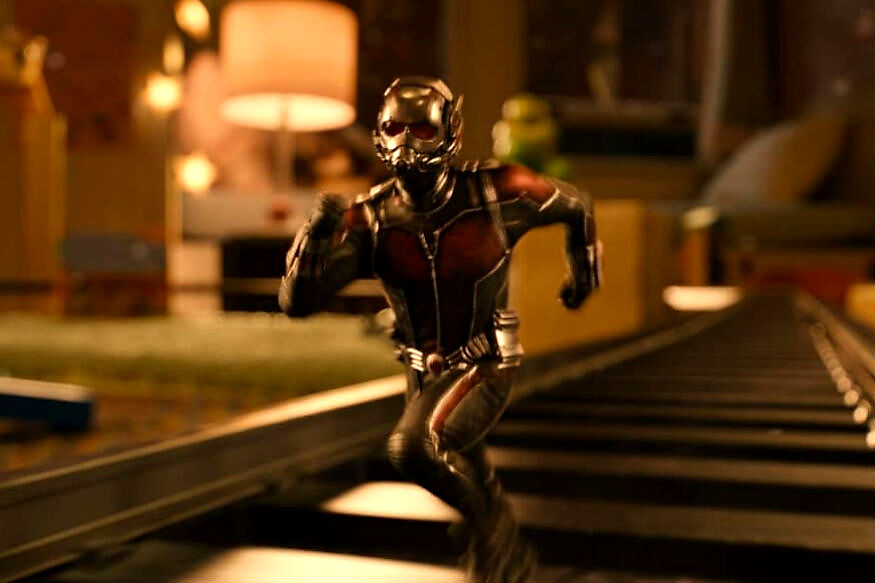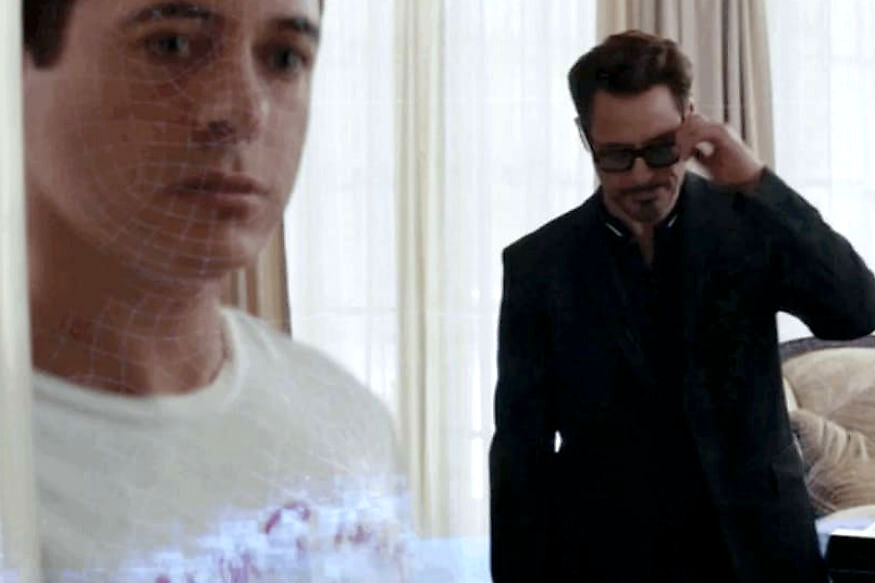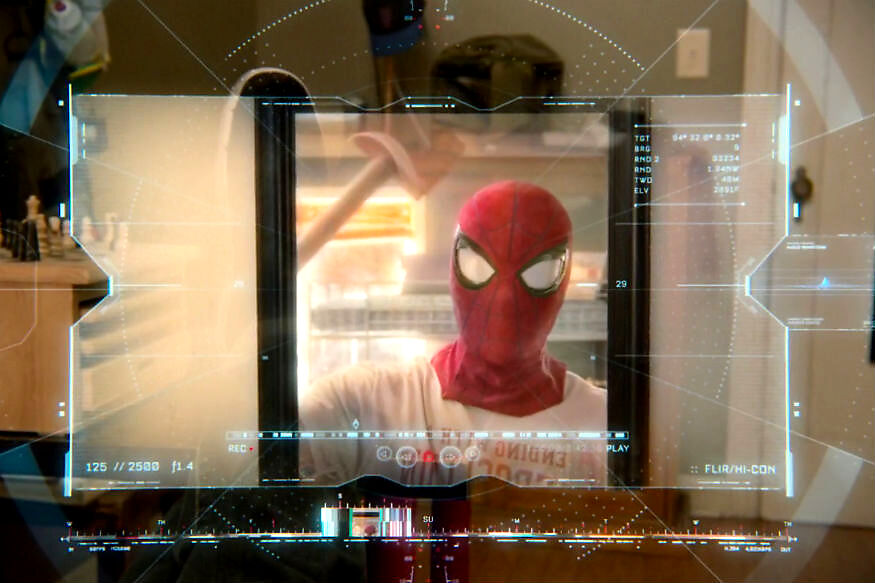
views
It is hardly any surprise that the Marvel Cinematic Universe is loaded to the hilt with uber-futuristic gadgets — after all, it is all about superheroes that have practically unlimited money, willpower and swagger. However, while stuff like the Wakanda cloak and Captain America’s shield are purely reserved for the movies, the Avengers have, over time, used pieces of technologies that are a shade closer to reality, while providing an infinite list of possibilities.
Given that we are all sticklers for fascinating pieces of technology, and with Avengers: Endgame fever at its peak, we couldn’t help but wonder how many of these unnatural and mostly improbable pieces of technology are even viable. Even if they are, technology must progress keeping multiple possibilities in mind, lest it falls into the wrong hands. Which of the Avengers’ infinite technology arsenal, then, are the likeliest candidates of being tools of responsibility and progress, for mankind? While our debates were endless, here’s the shortlist that we arrived at, in chronological order of appearance.
Iron Man’s Arc Reactor (Iron Man, 2008)
Howard Stark, father of the universally beloved and unabashedly brash Tony Stark, was the original creator of this technology. While it is, in essence, similar to nuclear energy, it is what the latter was scientifically meant to be — a beacon for clean emissions operation, before it went commercial too early and turned into a tool for warfare. Iron Man’s arc reactor brings the powers of clean energy resources, while being more versatile, harnessable and implementable. It can still be a bit of a hazard if it falls into the wrong hands, but given the pace of emissions and depleting resources in our world, we do need a real life arc reactor, well before the actual endgame is upon us.
The Ant-Man Suit (Ant-Man, 2015)
Sure, Ant-Man’s suit is hardly a piece of technology that comes with any hint of practicality, but its implications are endless. The premise of Pym particles are not entirely baseless, although its core technology of shortening empirical distances are possibly unlikely, since that itself would lead to fundamental restructuring of the very principles of chemistry, and cause molecular forces to produce energy that may be too agitated for a human body to be near.

Nevertheless, if it ever materialises, technology such as the Ant-Man’s suit can lead to the creation of tiny cameras and surgical tools as tiny as molecules, which in turn could be used for a wide range of medical applications, such as studying the human brain by travelling through neurons, or surgically operating cancerous growth more efficiently, without needing any open surgery.
B.A.R.F (Captain America: Civil War, 2016)
Binarily Augmented Retro-Framing uses a pair of sensor-enabled, connected glasses to transmit and receive electromagnetic signals from the brain. It can then latch on to a desired traumatic memory, and relay it on to a transmission screen, such as right in front of the glasses, to replay tragic moments. The technology, while being way too superhero-ish, may not be entirely out of the question, and comes with enormous implications.

For instance, B.A.R.F can be used for patients of post-traumatic stress disorder to give them closure from a sudden accident, or even in legal areas where memories of grave cases could be reconstructed in near-reality to identify victims and criminals, as well as understand what happened to solve a crime with maximum justice. However, there are multiple implications to how this technology can be mishandled, leading to it being one that we must proceed on with caution, if it indeed becomes reality.
Baby Monitor Protocol (Spider-Man: Homecoming, 2017)
A minuscule camera connected to an online server that is in turn monitored by someone — this is not only real, but a very concerning bit about online privacy and cybercrime. However, put it to use in a fancy suit, and integrate in such a way that the cameras provide direct, stereoscopic feed of what your eyes see, and you now have an Avengers-worthy technology at hand.

The humour is not lost on the fact that Tony Stark decides to call it the Baby Monitor Protocol, but it also shows a different side of Tony, one where he shows paternal levels of concern for his protege of sorts, Spider-Man. In real life, things may not be as rosy, and certain internet giants might feel queasy (and thrilled) at the amount of power that this piece of technology can provide to their hands.
Remote Access Driving (Black Panther, 2018)
Shuri is an awesome character sketch, but what makes her even more awesome are her special-ability Kimoyo beads. A sort-of actuator that enables an ultra-futuristic take on autonomous driving, these beads enable an instant remote connection that lets her take charge of cars on the road.

This is the exact sort of technology that can be infinitely useful for police forces and armies across the world to take on emergency riot situations. Even though its production form might not quite come in the form of magic beads, the technology itself is probably more realistic than most others seen through the MCU. Truth be told, it is probably not ideal for establishing legal provisions, but there is no denying the coolness of deploying beads in your bedroom to simply charge down asphalt pitches on a Lexus LFA.











Comments
0 comment